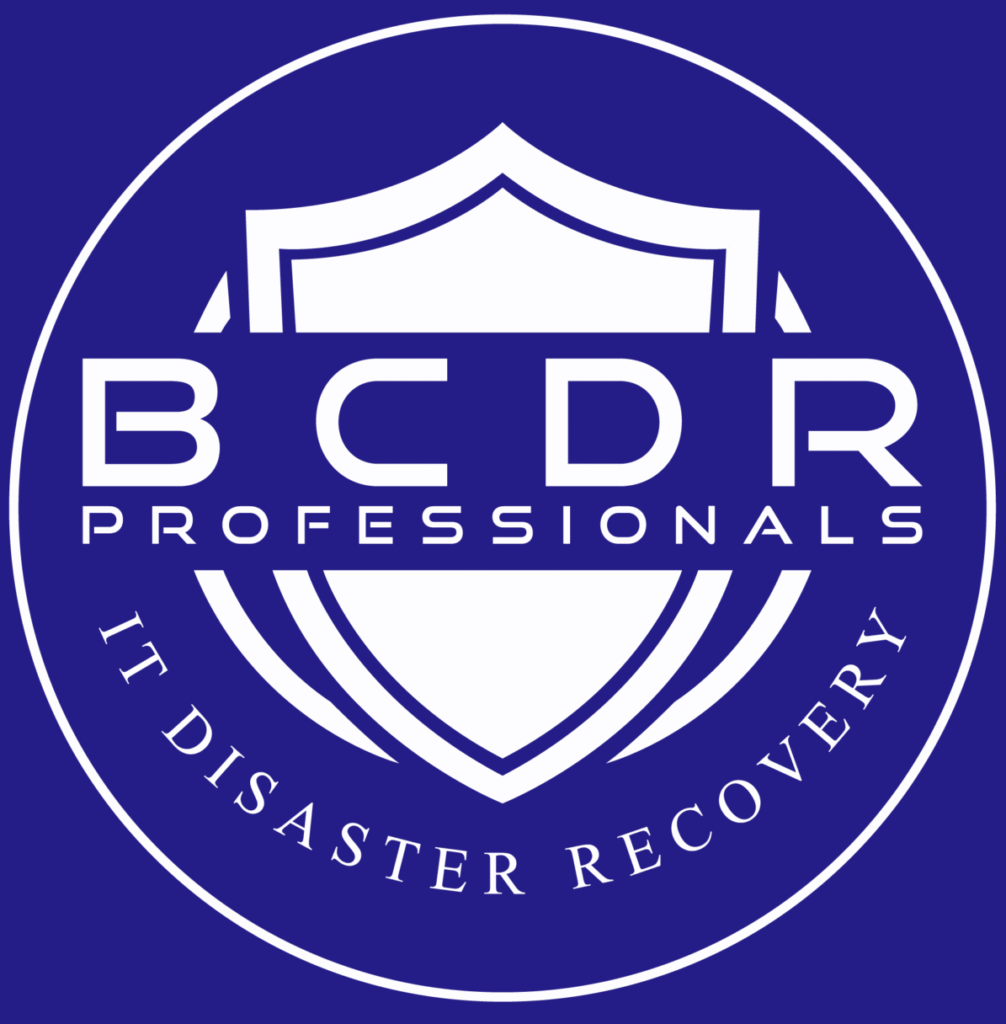
A Business Continuity and Disaster Recovery (BCDR) plan is the blueprint for business survival. It ensures your company stays operational during unexpected disruptions, whether it’s a cyberattack, data loss, system failure, or natural disaster.
Most organizations underestimate the risk until it’s too late. Studies show that 60% of SMBs close within six months of a major data loss event. That’s why having a written, tested, and updated BCDR plan is not optional, it’s essential.
Before we go into the “how,” make sure you understand the fundamentals, check out our post:
What is Business Continuity and Disaster Recovery (BCDR)?
Creating a comprehensive BCDR plan involves six structured stages: from risk assessment to regular testing. Let’s break them down.
Start by identifying potential threats that could disrupt your business.
These include:
Natural disasters: earthquakes, floods, fires
Cyber threats: ransomware, phishing, malware
Infrastructure issues: power outages, hardware failures
Human factors: insider threats, staff turnover, or human error
Use a Business Impact Analysis (BIA) to determine:
Which processes are most critical
The financial and operational damage if they fail
How long you can afford downtime
Once risks are known, list every mission-critical process that keeps your business running.
Ask:
What must stay online for revenue to continue?
What systems are necessary for customer trust or legal compliance?
Examples:
Customer support systems
Data servers and backup infrastructure
Payroll, finance, and billing systems
Communication tools (email, Slack, VoIP)
Create a priority matrix ranking functions from critical to low-impact based on how quickly they need recovery.
Two key metrics shape your recovery strategy:
RTO (Recovery Time Objective):
The maximum downtime your business can tolerate.
Example: “Customer portal must be restored within 4 hours.”
RPO (Recovery Point Objective):
The maximum data loss acceptable during downtime.
Example: “No more than 30 minutes of transaction data lost.”
Both RTO and RPO determine how aggressive your backup and restoration systems need to be.
This is the operational core of your plan. Define how each function will recover and who is responsible for it.
Data Backup & Replication:
Use both on-premise and cloud-based backups for redundancy.
Read more in our upcoming blog: Business Continuity and Disaster Recovery in Cloud Computing
Alternate Site Setup:
Maintain a secondary location or enable remote work infrastructure.
IT Disaster Recovery Plan:
Document the steps for restoring servers, databases, and applications.
Vendor & Third-Party Coordination:
Keep updated contact info for ISPs, cloud providers, and hardware vendors.
Now, translate everything into a formal BCDR document that’s easy to access, read, and update.
Your document should include:
Executive Summary: Why the plan exists and its key objectives.
Scope and Assumptions: What’s covered (systems, departments) and what’s not.
Roles & Responsibilities: Assign leaders for each function (IT, Operations, HR).
Communication Plan: Who notifies stakeholders, staff, and clients during an incident.
Detailed Recovery Procedures: Step-by-step actions for each system or process.
Contact Directory: Internal teams and external vendors.
Testing Schedule: Define how and when to test the plan.
💬 Pro tip: Store one digital copy in your secure cloud and one printed version off-site.
A BCDR plan is only as good as its last test. Conduct:
Quarterly tabletop exercises to walk through scenarios.
Annual disaster simulations for IT and operations.
After-action reviews to note weaknesses and update protocols.
Make sure to revise the plan whenever you change key infrastructure, vendors, or business processes.
For a deeper understanding of testing strategies, check out:
Difference Between Business Continuity and Disaster Recovery (BCP vs DRP)
| Section | Description | Owner | Last Updated |
|---|---|---|---|
| 1. Executive Summary | Purpose, goals, and key contacts | CEO / IT Lead | [Date] |
| 2. Risk Assessment | List of threats and mitigation strategies | Risk Manager | [Date] |
| 3. Critical Functions | Top 5 essential operations | Dept. Heads | [Date] |
| 4. Recovery Objectives | RTO/RPO targets for each system | IT Dept. | [Date] |
| 5. Recovery Strategies | Detailed recovery workflows | Operations / IT | [Date] |
| 6. Communication Plan | Internal + external notification process | PR / HR | [Date] |
| 7. Testing & Maintenance | Frequency and outcomes of BCDR tests | All Depts. | [Date] |
✅ Tip: Keep this checklist updated quarterly and share it across all department heads.
A Business Continuity and Disaster Recovery Plan isn’t a one-time project, it’s a living framework that evolves as your business grows and technology changes.
Whether you’re an SMB or an enterprise, a well-structured BCDR plan ensures you’re ready for any disruption, big or small.
Need expert help crafting or auditing your plan?
Visit our BCDR Services page to see how we help organizations stay resilient, recover fast, and reduce downtime.
